When bending aluminum with angle bending machines, several factors should be considered to ensure successful and accurate bending. Here are some key considerations:
Aluminum grade and thickness:
Different grades and thicknesses of aluminum have varying properties, such as ductility and strength. Ensure that the angle bending machine you are using is suitable for the specific grade and thickness of aluminum you intend to bend. Refer to the machine’s specifications and guidelines to ensure compatibility.
Bend radius and angle:
Determine the desired bend radius and angle for your aluminum piece. The angle bending machine should be capable of achieving the required radius and angle. Adjust the machine’s rolls and settings accordingly to match your bending requirements.
Material support and alignment:
Proper support and alignment of the aluminum piece are crucial to avoid distortion or damage during bending. Ensure that the material is centered and adequately supported throughout the bending process. Consider using support tools, such as mandrels or rollers, to maintain the shape and prevent collapse or deformation.
Lubrication:
Aluminum has a tendency to gall or stick to the rolls of the bending machine, especially when bent at tighter radii. Applying a suitable lubricant can help reduce friction and prevent the aluminum from sticking or scratching during the bending process. Consult the machine’s manual or the lubricant manufacturer’s guidelines for the recommended lubrication method and product.
Machine adjustments:
Adjust the angle bending machine’s rolls, guides, and pressure settings according to the aluminum thickness and desired bending angle. Proper adjustments ensure the aluminum is bent evenly and consistently, minimizing the risk of wrinkles, cracks, or excessive stress on the material.
Bending speed and feed rate:
The speed at which the aluminum is fed into the bending machine can impact the quality of the bend. Avoid feeding the material too quickly, as it may cause deformation or poor alignment. Find an appropriate speed that allows the machine to apply gradual pressure for a smooth and accurate bend.
Safety precautions:
When operating any machinery, including angle bending machines, prioritize safety. Familiarize yourself with the machine’s safety features and follow all recommended safety procedures. Wear appropriate personal protective equipment (PPE), such as gloves and safety glasses, to protect yourself from potential hazards.
Always consult the manufacturer’s guidelines, machine manual, and any applicable industry standards when bending aluminum with an angle bending machine. Proper setup, adjustments, and attention to detail will help ensure precise and successful bends while maintaining the integrity of the aluminum material.


 Türkçe
Türkçe Русский
Русский Deutsch
Deutsch Polski
Polski Español
Español العربية
العربية